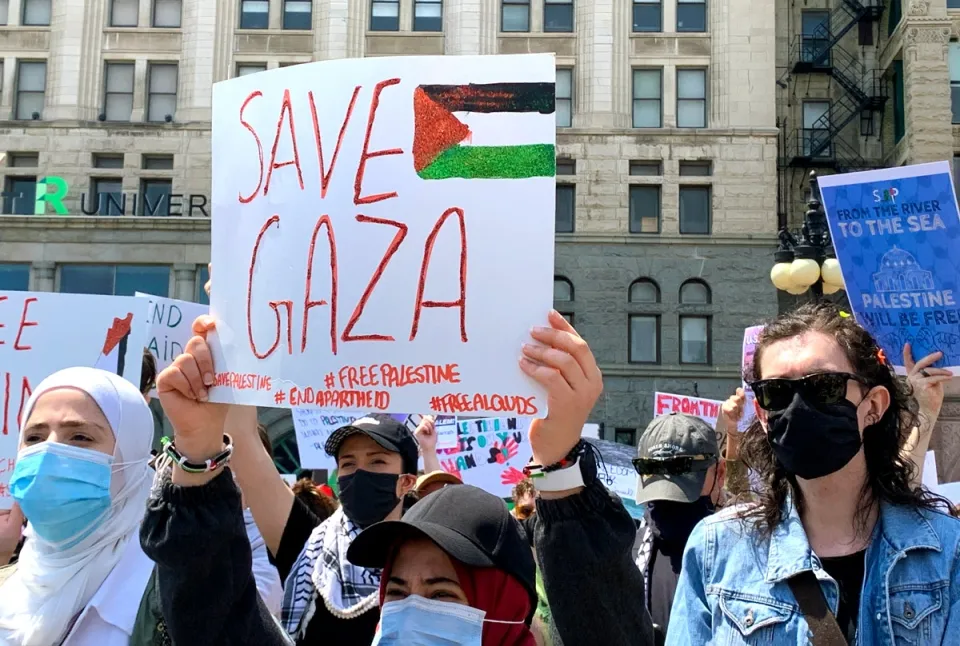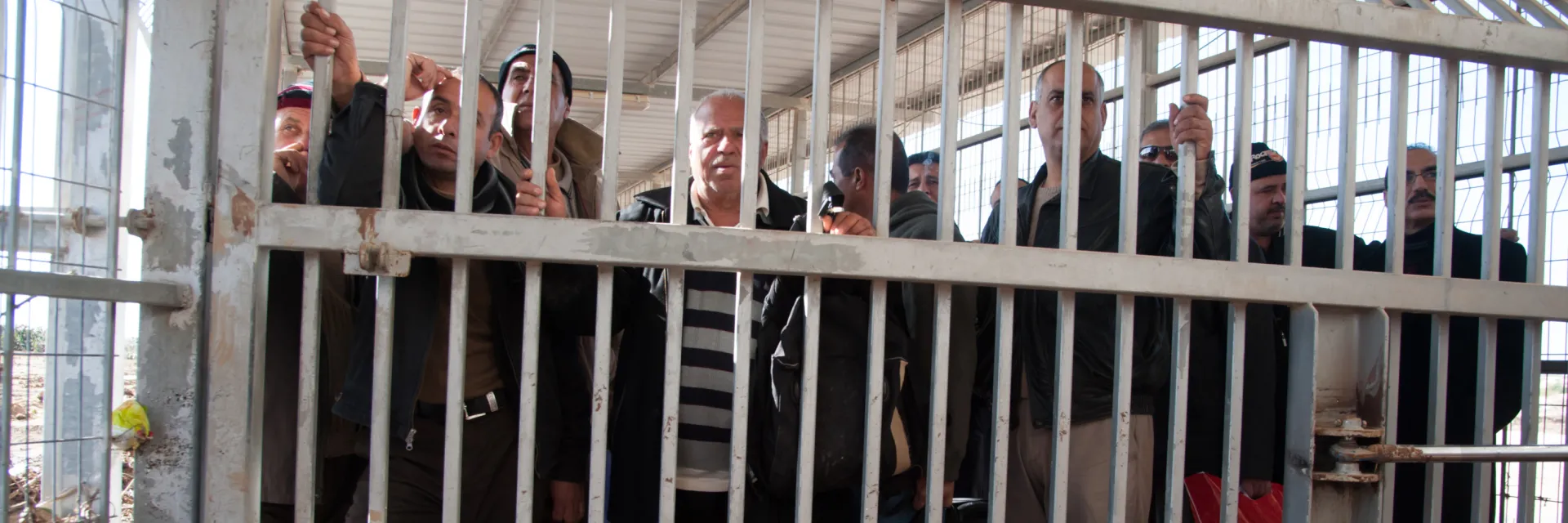Israel has controlled the movement of people and goods into and out of Gaza for decades, but since the imposition of the blockade in 2006, restrictions have been severely tightened.
The Israeli-controlled Erez Crossing, located on the northern edge of the Israeli-built wall around Gaza, is the only crossing through which civilians can travel between Gaza and Israel. At the start of the Second Intifada, or Palestinian uprising, in 2000, around 26,000 people were allowed to leave Gaza each day via the Erez crossing.
During the first nine months of 2021, the number of Palestinians allowed to leave Gaza each day averaged only 86 per day, just 17% of the daily average of 500 in 2019 and less than one percent of the daily average before the beginning of the Second Intifada, according to the Israeli rights group Gisha.
Nearly all access to the outside world is blocked for the residents of Gaza. Students are denied exit to study abroad. Patients needing medical treatment not available in Gaza are delayed or blocked from reaching care. People with families in other parts of the occupied Palestinian territory are blocked from seeing their relatives. People wishing to leave to pursue work in other places are blocked from doing so.
The only official crossing for goods into and out of Gaza is through Kerem Shalom. Any imports and exports are regulated through a list of controlled entry items created by Israel. Israel maintains severe restrictions on the import of many basic goods, including the raw materials necessary for industrial production, construction materials, medical supplies, fuel, and many consumer goods. Israel has periodically closed Kerem Shalom entirely, including for short periods in 2018, 2020, and 2021.
Quick Facts: Impacts of Restricting the Movement of People and Goods
-
In September 2000, about 26,000 Palestinian laborers were permitted to exit through Erez Crossing every day. In 2021, the number of people allowed to exit was less than one percent of that number.
-
The monthly average of truckloads of goods exiting Gaza in 2021 through Kerem Shalom was 70% lower than pre-blockade levels.
-
Israel imposes a “no-go” zone of six nautical miles from the shores of Gaza. Gaza-based fishing boats are restricted to this zone and the Israeli navy opens fire on any fishermen who go near the edge of this zone.
-
Materials needed for industrial production—including wood planks, pipes, cement, and steel—are banned from entering Gaza.
-
Residents of Gaza are indiscriminately prohibited from traveling or moving to the West Bank, and West Bank residents are banned from entering or moving to Gaza in violation of the Oslo Accords.
-
Sixty-four percent of Gaza households are food insecure, and approximately 80 percent receive some form of food assistance, largely due to unemployment caused by restrictions on movement and imports and exports.

What can you do?
Demand an immediate end to the blockade on Gaza: U.S. government policy officially supports Israel’s continued blockade on Gaza—and it is the blockade that has resulted in this crisis facing Gaza’s population. The blockade is illegal and immoral and must end.
Organize in solidarity, take part in protests, and contact your elected officials and demand that they call for an immediate change in U.S. government policy and an end to Israel’s blockade on Gaza. Join the growing Palestine rights movement to educate, advocate, and demand change.
Learn more
The following organizations in the occupied Palestinian territory and Israel address and challenge Israel’s policies on Gaza:


